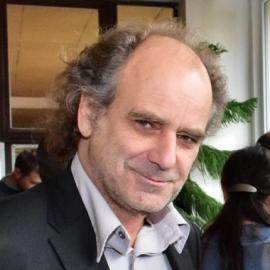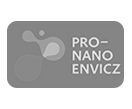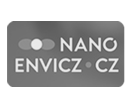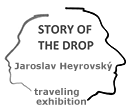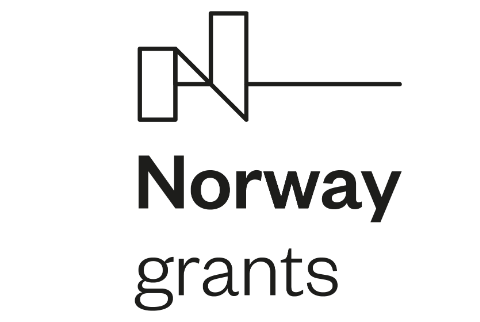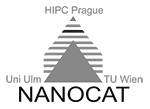Transmembrane Proteins at the Boundaries of Lipid Domains
The project is strongly overlapping with a EXPRO grant funded by GACR for 2019-2023. It is focused on answering fundamental questions in membrane biophysics related to distinct roles of membrane domains, curvature, and protein palmitoylation for cellular processes by using an arsenal of cutting-edge fluorescence techniques: The questions are: 1) Do transmembrane proteins accumulate at the boundaries of domains? 2) How do different domain characteristics influence accumulation of proteins at their boundaries? 3) Does membrane curvature regulate accumulation of proteins at boundaries? 4) Is this process regulated by reversible palmitoylation of proteins? 5) Does accumulation of proteins at boundaries influence their interactions with other membrane molecules? 6) Do calcium ions modulate the presence of proteins at the domain boundaries? We will approach these questions by using model membranes composed of different lipid mixtures, transmembrane proteins with and without palmitoylated cysteines using a panel of fluorescence techniques (e.g. 2-colour imaging fluorescence cross-correlation spectroscopy (Im-FCCS), z-scan FCS/FCCS, Monte-Carlo simulations of Förster resonance energy transfer (MC-FRET) , Super-resolution Optical Fluctuation Imaging (SOFI)). We will employ SPB, LUV and GUV (Supported Planar Bilayers, Large Unilamellar Vesicles and Giant Unilamellar vesicles, respectively) as synthetic model membranes of controlled thickness and curvature. The project will within the framework of the EXPRO grant be pursued in close collaboration with biochemists (providing tailor-made transmembrane proteins) and computational chemists (interpreting the experimental findings on an atomistic scale).
prof. Hof Martin Dr. rer. nat., DSc.
 jh-inst.cas.cz
jh-inst.cas.cz


